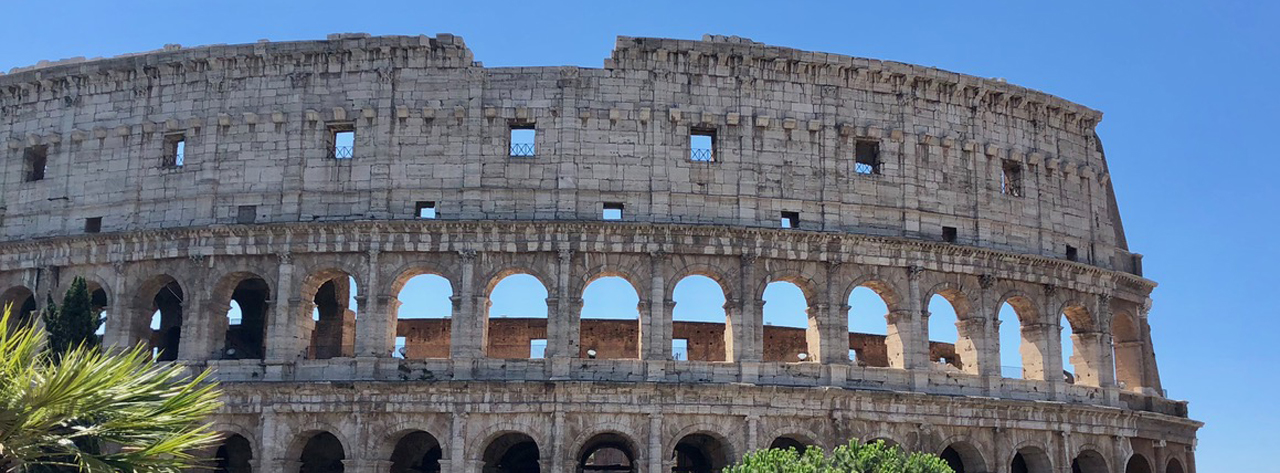ONE-MA3 2018: A Day Off in Rome

By Samantha D’Alonzo ’21
After several hectic but enjoyable days of fieldwork, the group was given a much needed off day. Part of the group went ahead to Turin, while part of the group stayed behind in Rome. I was among those who stayed behind in Rome and I really appreciated the chance to explore the city and continue to be immersed in the culture of Italy.
Despite studying both the Italian culture and language for six years in middle school and high school, I am continuously amazed by my experience in Italy.
So far, the most striking difference has been the meals. Colazione, or breakfast, in Italy typically takes place at a bar, which is roughly equivalent to an American café. Many Italians eat their breakfast, which consists simply of a pastry and a cup of coffee, standing at the counter of the bar, in less than ten minutes. While breakfast is small in Italy, pranzo, or lunch, typically consists of many plates and, as the One MA^3 group slowly learned, two hours of eating.
Oh, and of course, gelato is an essential part of every day.

Some of my favorite gelato of the trip. This cone came from a shop near the beach in Sabaudia.
Even though I learned these things in school, and refreshed my knowledge by watching Italian television for the past few months, it has been an entirely different experience watching the culture come to life in front of me. It has also been incredible to hear Italian spoken in its natural dialect. It turns out my pronunciation needs more work than I thought!
Even though it was an off day, we were still immersed in restoration during our visit to the Coliseum, perhaps Rome’s most famous monument. Construction of the coliseum began in AD 72 under the emperor Vespasian and finished in AD 80, although further alterations were made by different emperors. Fun fact: during the 16th century, Pope Sixtus V considered turning the coliseum into a wool factory. Obviously, this didn’t pan out.
Restoration of the monument began in 2011 and was funded by a private corporation. During the time, restorers had to address many of the questions we have been discussing on this trip. Some of these questions include dealing with biological agents, and balancing modern day tourism and history.

The coliseum

Sam appreciating the coliseum



